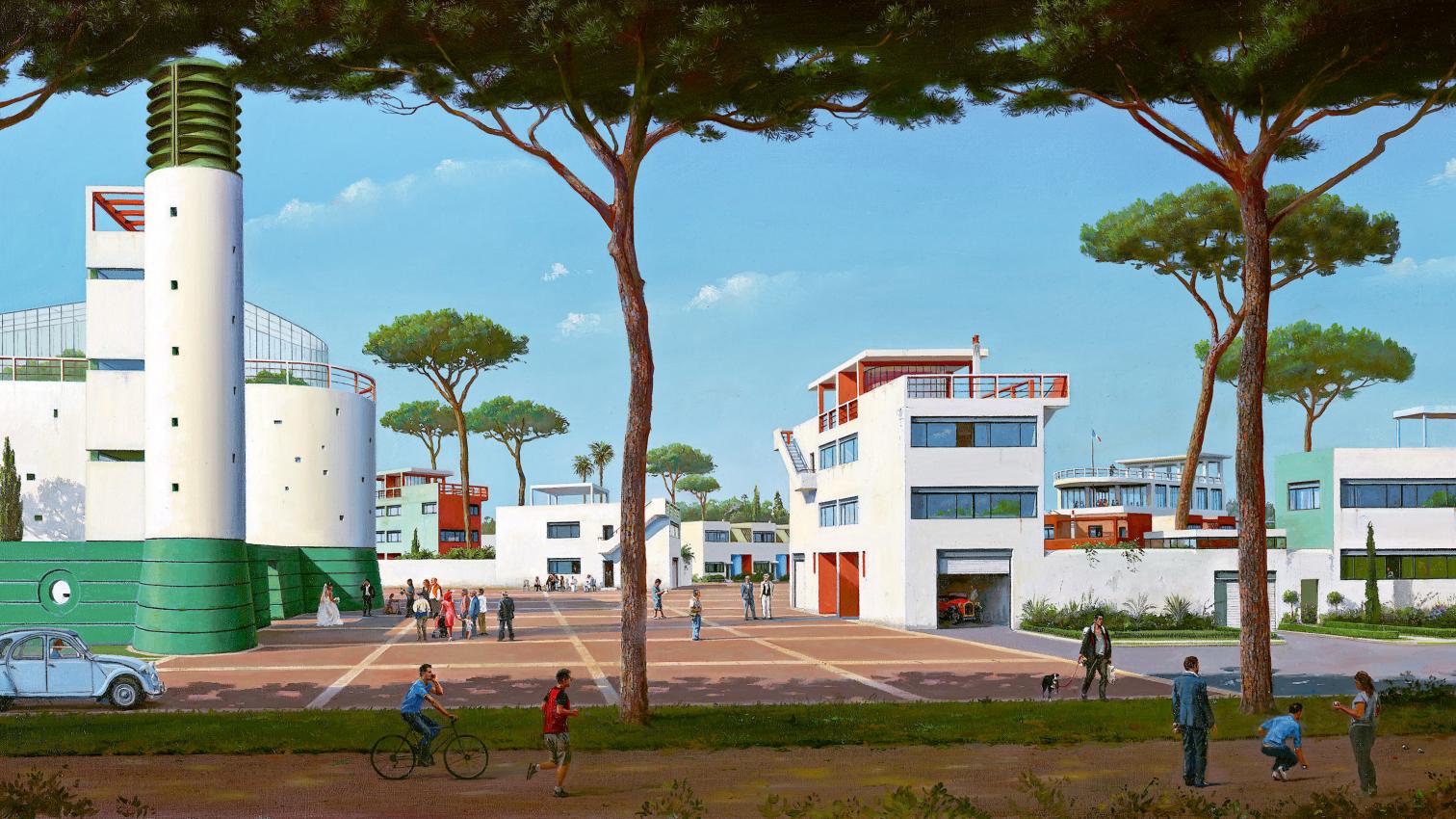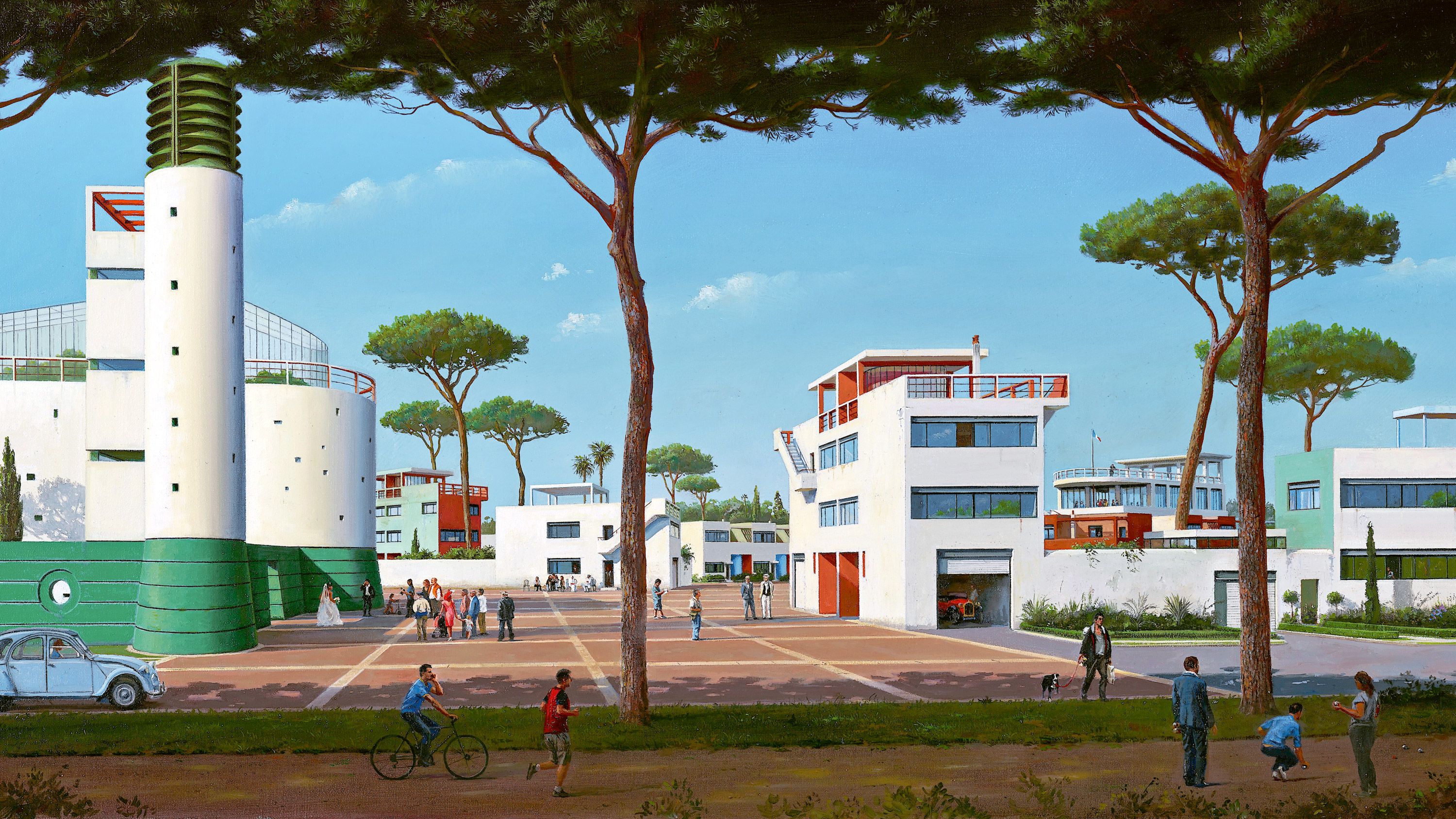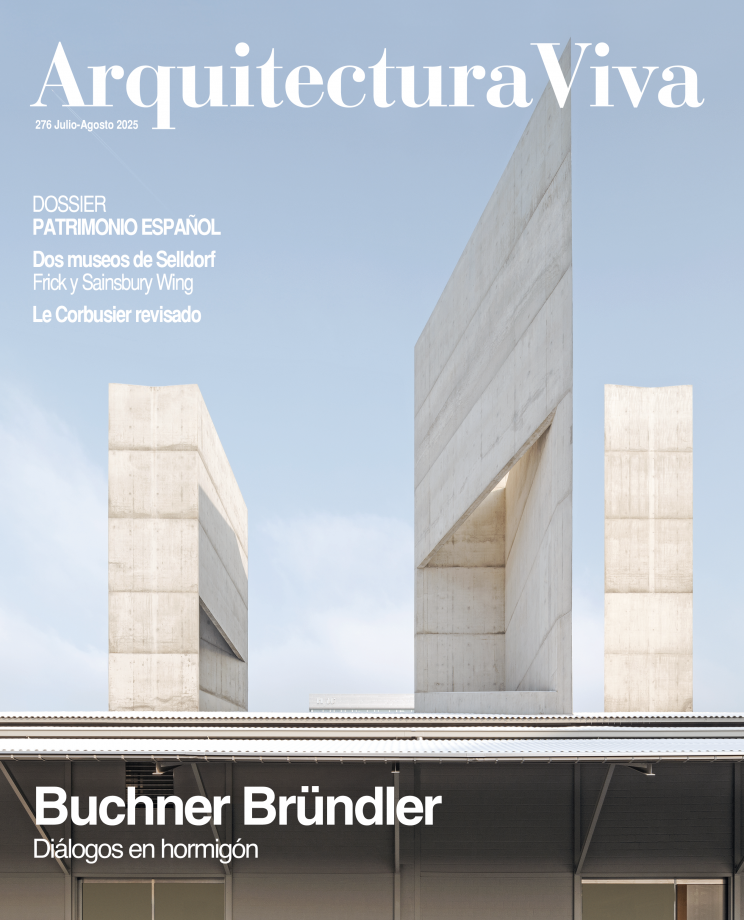
During his long career Le Corbusier (1887-1965) worked in several distinct architectural styles:
- vernacular and classical, from 1910;
- nautical, 1920 onwards;
- steel and glass, 1930 onwards;
- béton brut, 1944 onwards.
The specific nautical style which Le Corbusier started exploring with Villa Poiret in 1916 had in fact been developed since the early 1800s with the Fulton metal steamboat constructions. It took a hundred years for that aesthetic and formal canon to mark civil architecture, first in Austria and then in the rest of the world. What was hailed at the time as architectural innovation was in reality a belated transfer of water- to land-based object design. The not so ‘new’ style flourished under different brand names: Secession, Wagnerschule, futurist, cubism, functionalism, Le Corbusier, Bauhaus, constructivism, machinism, rationalistm, International Style... to finally enter dictionaries fraudulently as ‘modern architecture.’ Militant manifestos foolishly proclaimed the liberation of architecture from defunct traditions and past stylistic clutter, declaring the Modern Movement the only legitimate representation of modernity, while inversely labeling traditional architecture and urbanism as ‘historic’ and thus irreversibly dated and technologically obsolete...[+]






